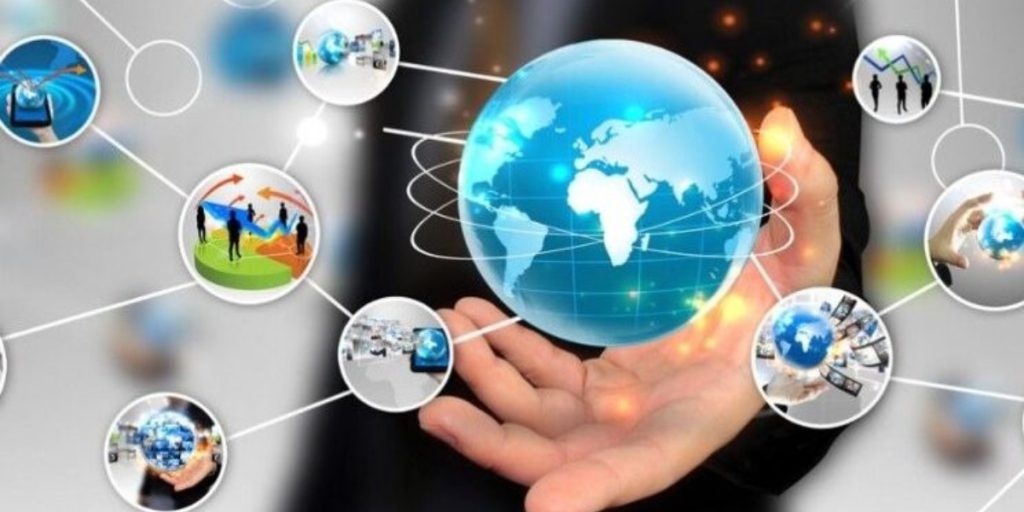How Has Technology Changed Communication
Communication, a fundamental aspect of human interaction, has undergone a revolutionary transformation with the advent of technology. In this digital age, the way we connect, share information, and collaborate has evolved significantly. From the invention of the telegraph to the era of smartphones and social media, technology has become an integral part of our communication landscape.
The Evolution of Communication Technology
From Morse Code to Instant Messaging: A Historical Perspective
The journey of communication technology began with Morse Code and telegraph systems, enabling messages to be sent across long distances. Over the years, we witnessed the evolution of the telephone, email, and now, instant messaging platforms. The shift from traditional modes to instantaneous communication has not only accelerated the pace of information exchange but has also brought people closer, irrespective of geographical boundaries.
The Rise of Social Media: Connecting the World
Social media platforms have emerged as powerful tools, transcending communication barriers. With billions of users globally, platforms like Facebook, Twitter, and Instagram facilitate real-time interaction, fostering a sense of community and connectivity. The ability to share thoughts, pictures, and videos instantaneously has redefined the way we express ourselves and stay connected with friends and family.
Benefits of Technological Advancements in Communication
Enhanced Connectivity and Collaboration
The integration of technology has vastly improved connectivity and collaboration in both personal and professional spheres. Video conferencing tools, collaborative platforms, and virtual communication spaces have become essential for businesses, enabling teams to work seamlessly across the globe. Similarly, individuals can stay connected effortlessly, enhancing relationships and bridging the gap between cultures.
Information Accessibility: A Global Perspective
Technology has democratized information, providing unprecedented access to knowledge. The internet serves as a vast repository of information, empowering individuals to educate themselves on diverse topics. This democratization of information has profound implications, fostering a more informed and interconnected global society.

Challenges in the Digital Communication Landscape
Privacy Concerns and Digital Fatigue
While technology has revolutionized communication, it also brings forth challenges. Privacy concerns in the digital realm have become more pronounced, with data breaches and identity theft becoming prevalent. Additionally, the constant influx of information through various channels has led to digital fatigue, affecting mental well-being and necessitating a balance between online and offline interactions.
Digital Divide: Addressing Inequality
Despite technological advancements, a digital divide persists, creating disparities in access to communication tools and information. Bridging this gap requires concerted efforts to ensure that everyone, regardless of socio-economic background, has equal access to the benefits of technology.
In conclusion, the impact of technology on communication is profound and multifaceted. While it has brought about unprecedented connectivity, collaboration, and access to information, it also poses challenges that require thoughtful consideration. Navigating the evolving landscape of digital communication requires a balance between harnessing the benefits of technology and addressing the associated challenges, ultimately shaping a more connected and informed global society.
DetaIler Technologies
In the dynamic landscape of technology, “detaIler technologies” emerge as a pivotal force driving innovation. These technologies delve into the intricate details of data, unlocking insights that propel industries forward DetaIler technologies focus on the granular aspects of data, dissecting information to uncover hidden patterns and correlations. As organizations harness the power of data analytics, they gain a competitive edge by making informed decisions, optimizing processes, and predicting future trends.








